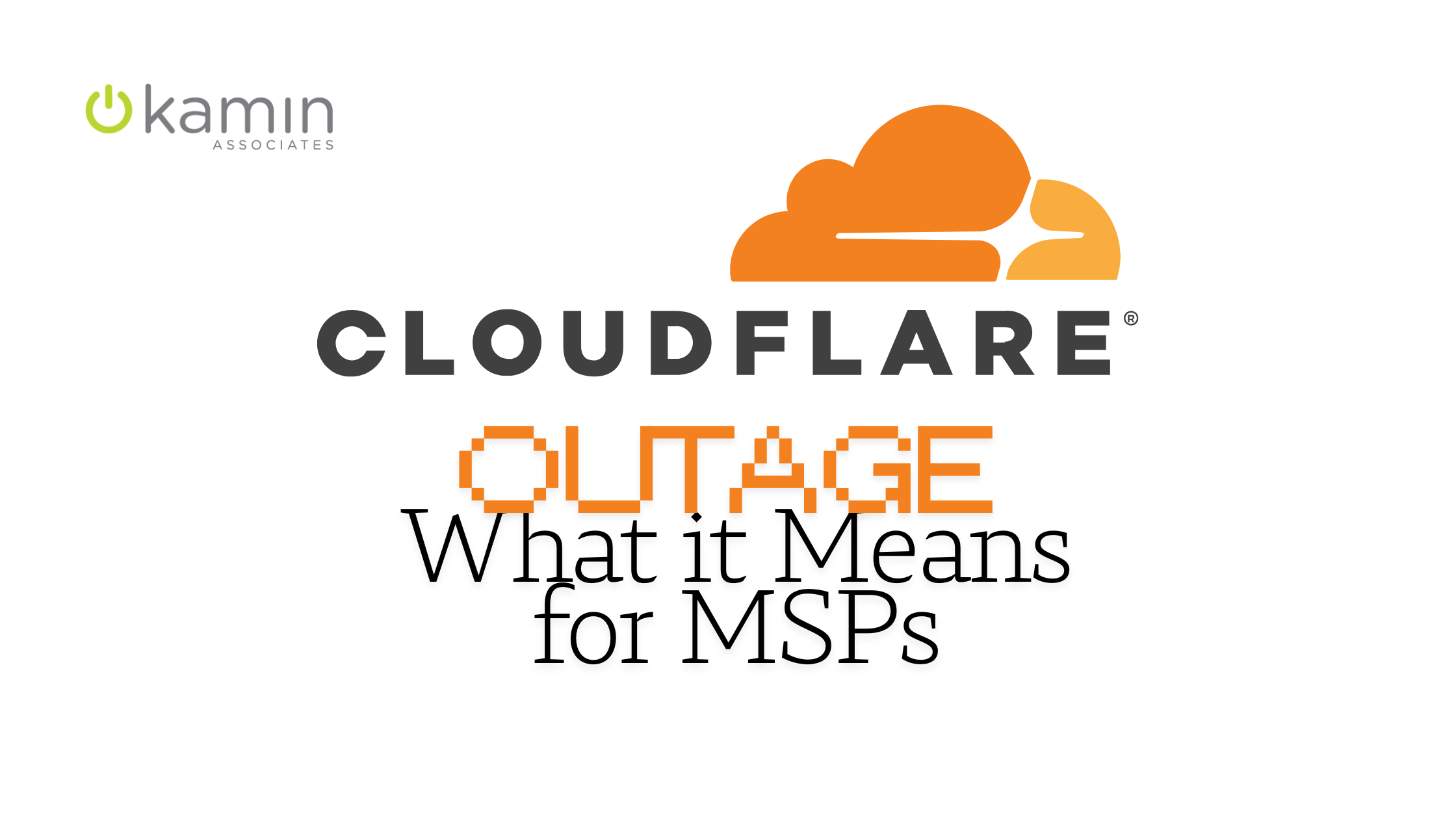In today’s digital world, network vulnerabilities aren’t just a concern for large corporations—they’re a growing threat to businesses of all sizes. Every week, thousands of hard drives fail and countless networks are exposed to potential breaches. In fact, 42% of organizations report data loss that results in costly downtime. That’s why regular network vulnerability scans are no longer optional—they’re essential.
But how often should these scans be performed? And what do they actually protect you from? Let’s break it down.
What Is a Network Vulnerability Scan?
A network vulnerability scan is a proactive cybersecurity measure that identifies weaknesses in your network’s infrastructure—before a hacker does.
These scans look for:
- Unpatched software or firmware
- Weak or default passwords
- Open ports or unused services
- Misconfigured firewalls or access controls
- Outdated antivirus or endpoint protection
There are two main types of scans:
- External scans, which simulate an attacker trying to get in from the outside.
- Internal scans, which detect risks already inside your firewall, often from overlooked devices or user activity.
Why Regular Scanning Is Crucial
Technology evolves rapidly, and so do threats. New vulnerabilities are discovered daily, and even the best-configured system today may be exposed tomorrow.
Without regular scans, you’re operating blind. It’s like locking your front door while leaving a window wide open—and not realizing it for months.
How Often Should You Scan?
The frequency of network vulnerability scans depends on your business size, industry regulations, and risk tolerance. But here are some general guidelines:
Monthly Scans (Recommended for Most SMBs)
Monthly scanning is a good baseline. It helps ensure you’re catching newly discovered vulnerabilities and responding quickly.
After Any Major Change
Every time you:
- Add a new server or endpoint
- Deploy a new application
- Update your firewall rules
- Migrate data or systems
…you should scan immediately afterward. These changes can unintentionally introduce risks.
Quarterly Scans (Minimum Compliance for Some)
For organizations following compliance frameworks like PCI-DSS or HIPAA, quarterly scanning is often the minimum requirement. But waiting that long can leave you exposed.
Continuous or Weekly Scans (For High-Risk Environments)
If you handle sensitive data, process payments, or rely heavily on cloud applications, more frequent or even automated daily scans may be warranted. Kamin offers 24/7 monitoring as part of our managed IT services, which helps close these gaps before they become problems.

What Do Scans Actually Catch?
Some of the most common and critical vulnerabilities found during routine scans include:
- Outdated operating systems or firmware with known exploits
- Default login credentials left unchanged
- Remote Desktop Protocol (RDP) exposed to the public internet
- Misconfigured cloud settings, particularly in platforms like Microsoft 365 or AWS
- Shadow IT—devices or software on your network that IT doesn’t know about
These might seem like small issues, but they’re the very weaknesses hackers target first.
Scanning Is Only Step One
A scan doesn’t fix anything by itself—but it gives you a clear roadmap of what needs to be addressed.
Here’s what a typical remediation workflow looks like:
- Scan your environment.
- Review and prioritize vulnerabilities.
- Patch or reconfigure affected systems.
- Rescan to confirm fixes were successful.
- Document actions for compliance or audit purposes.
This cycle becomes smoother when handled by a trusted IT partner like Kamin, who can take the lead on both detection and resolution.
Best Practices for SMBs
If you’re running a small or medium-sized business, you don’t need an enterprise-level security team—but you do need a process. Here’s what we recommend:
- Automate monthly scans with professional tools.
- Track scan results and ensure follow-through.
- Schedule scans after every change to your infrastructure.
- Work with a managed IT provider to monitor vulnerabilities continuously and keep your systems updated.
Kamin Can Help You Stay Ahead
At Kamin Associates, our network vulnerability scanning services are built around proactive protection. We don’t just run a scan and hand you a report—we help you understand the results, fix the issues, and build a more resilient IT environment.
Whether you’re looking to meet compliance requirements or protect sensitive client data, we’ll help you set a scan schedule that fits your risk profile—and give you peace of mind.
Take the Next Step Today
Are you overdue for a vulnerability scan?
Let’s make sure your network isn’t leaving an open door.
👉 Schedule a Free Security Consultation
👉 Learn More About Our Cybersecurity Services





